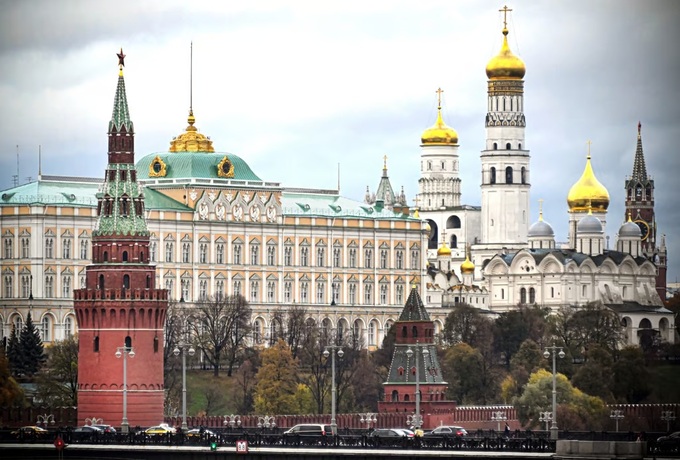
View outside the Kremlin (Photo: Getty).
According to a statement from the Russian government office , at around 2:30 a.m. on May 3, two unmanned aerial vehicles (UAVs) approached the Kremlin in Moscow. The UAVs exploded after being neutralized by Russian security forces. Russia accused Ukraine of deploying the two UAVs to attack and assassinate President Vladimir Putin.
Kiev has denied it, while the West is skeptical about Moscow's accusations.
The level of security at the Kremlin, the official residence of the head of the Russian government , immediately became the center of attention. According to the New York Times , with the tight security conditions of the Kremlin, an attack on President Putin is unlikely.
The moment a suicide UAV believed to be from Ukraine crashed into the Kremlin ( Video : Twitter).
Historical works
The Kremlin is a fortified architectural complex located in the center of Moscow, consisting of 15 buildings, 20 towers with walls about 3km long and up to 6m thick. The entire structure has a total area of over 275,000m2 with 5 main palaces, 4 churches and many gardens inside, built from 1482 to 1495.
In Russian, Kremlin means a city fortress. "Kremlin" is also used to refer to the Russian Presidential administration, similar to "White House" in the US.
The Kremlin was once the imperial palace of the Russian Tsars. From here, one can see the Moscow River to the south, St. Basil's Cathedral and Red Square to the east, and Alexander Garden to the west.
Initially, this land served to protect the settlement on Borovitskii Hill, the promontory where the Neglinnaya River flows into the Moscow River, with wooden palisades. By 1156, the first military structures with a total length of 700m began to appear.
In 1812, Moscow and the Kremlin were attacked and captured by the army of French Emperor Napoleon Bonaparte. As he retreated, Napoleon ordered trenches and mines to be dug around the Kremlin and several other important buildings in an attempt to destroy Russia. Moscow shook and burned after the first mines exploded. However, a heavy rainstorm disabled the remaining mines and extinguished the fire. The Kremlin escaped destruction, but it still underwent several renovations and expansions.
The Kremlin has been open to the public since 1955. Since 1991, the Kremlin has been the official residence and workplace of the Russian President. However, Mr. Putin rarely lives there, but mainly works there. His residence is located in the Novo-Ogaryovo district, west of the capital.
Fortress of Security
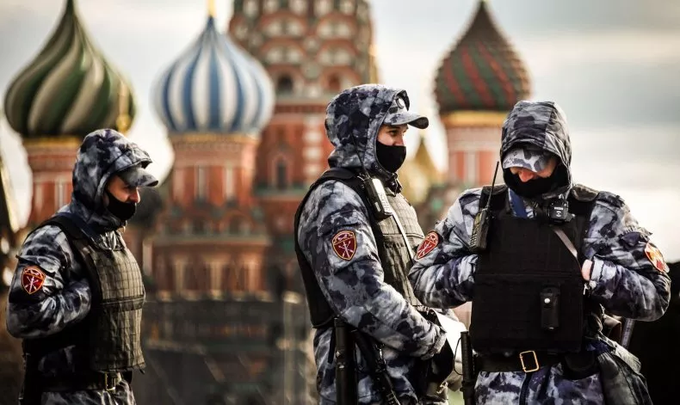
Russian security forces patrol in Moscow (Photo: Getty).
The Kremlin is likened to a fortress in the middle of Moscow, protecting the safety of the Russian President.
According to Russia expert Mark Galeotti, in theory, the Kremlin can mobilize nearly 100,000 armed members from four different forces in case of an incident.
The first force responsible for ensuring security for the President and the Kremlin is the Federal Protective Service of Russia (FSO).
The FSO is a branch of the KGB - the Committee for State Security during the Soviet era. The FSO currently has about 20,000-30,000 people, but there are also reports that the number of this force is up to 50,000 people. The FSO gives special priority to people with military experience, although this is not a mandatory criterion when selecting members.
The bodyguards protecting President Putin are officers from the Presidential Security Service, which is under the FSO and has a force of 2,000-3,000 plainclothes officers. In addition to protecting the President, VIPs and important locations such as the Kremlin, they are also assigned to control the nuclear briefcase for use in the event of a nuclear war.
Besides the FSO, another force that ensures security for the Kremlin is the Moscow Police (GUVD). With a size of about 50,000 people, this is the oldest and most powerful police force in Russia.
In addition, the Kremlin is protected by the militarized force of the Ministry of Internal Affairs Vnutrennye Voiska (VV). The nature of this force is police, but militarized, not much different from the regular army. VV has participated in the wars in Chechnya and the North Caucasus.
The main force of the VV in the capital city of Moscow is the Dzerzhinskii Division, also known as the 1st Osnaz Division - ODON, with a size of 12,000 men, famous for its absolute loyalty to the Kremlin. This division includes some specialized units such as fire brigades, but does not have as many tanks and artillery as a regular army division. In addition, the VV has many other units scattered around Moscow, but they are mainly just transit command posts.
The security of Moscow and the Kremlin is also ensured by elite regular army units including the 2nd Tamanskaya Rifle Brigade and the Kantemiroskaya Separate Tank Brigade. In case of a serious incident, paratroopers from the 45th VDV Separate Reconnaissance Regiment at the Kubinka base, or commandos from the 16th Spetsnaz Brigade, could provide support.
Absolute security
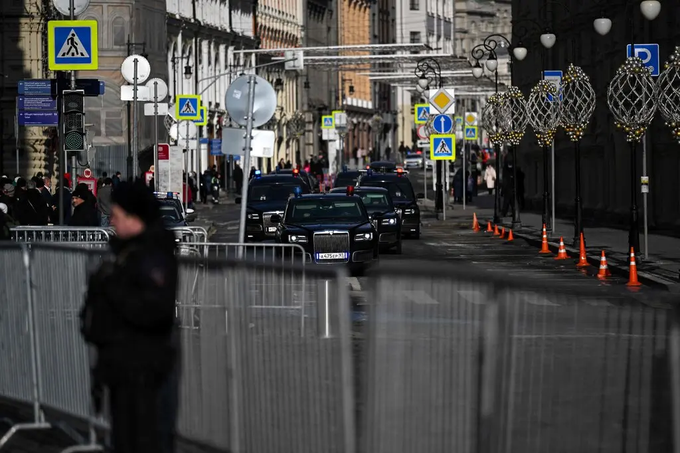
The motorcade escorting Russian President Vladimir Putin back to the Kremlin in March (Photo: Getty).
For many years, UAVs have been banned from flying near the Kremlin. Russian security personnel deploy special equipment to shoot down any UAVs that approach.
The FSO rarely confirms Putin’s whereabouts or discloses his activities. Whenever the president leaves or returns to the Kremlin, the FSO blocks nearby roads to restrict other traffic.
Security measures around the Kremlin can also disrupt the global positioning system (GPS). Russia has the ability to create fake GPS signals to hide President Putin's location. As a result, the Kremlin's location can sometimes be dozens of kilometers away from the real one.
A former FSO defector recently revealed that "even if Mr. Putin appears to be in the Kremlin, he may not actually be there."
The Russian president is said to have set up identical offices in multiple locations, with identical furniture and decor down to every detail, from the desk to the wall paintings.
Only recently did Mr Putin mention the existence of a private apartment that he said he regularly uses inside the Kremlin grounds.
“I have an apartment there, where I spend a lot of time working late, staying up all night there,” Putin told reporters when Chinese President Xi Jinping visited Moscow in late March.
Mr. Putin's main office and apartment are believed to be located in the Senate Palace, the area invaded by UAVs on the morning of May 3.
According to media reports, amid a series of mysterious explosions deep inside Russian territory and recent UAV incursions in Moscow, Russia has strengthened its air defense system for the capital.
The Moscow Times in January cited photos and videos circulating on social media showing air defense systems deployed on the rooftops of buildings in Moscow, including the Russian Defense Ministry headquarters and an area about 10 kilometers from Mr. Putin’s residence. Previously, S-400 air defense missile systems were seen at a national park and a weapons testing range north and northeast of Moscow.
Source


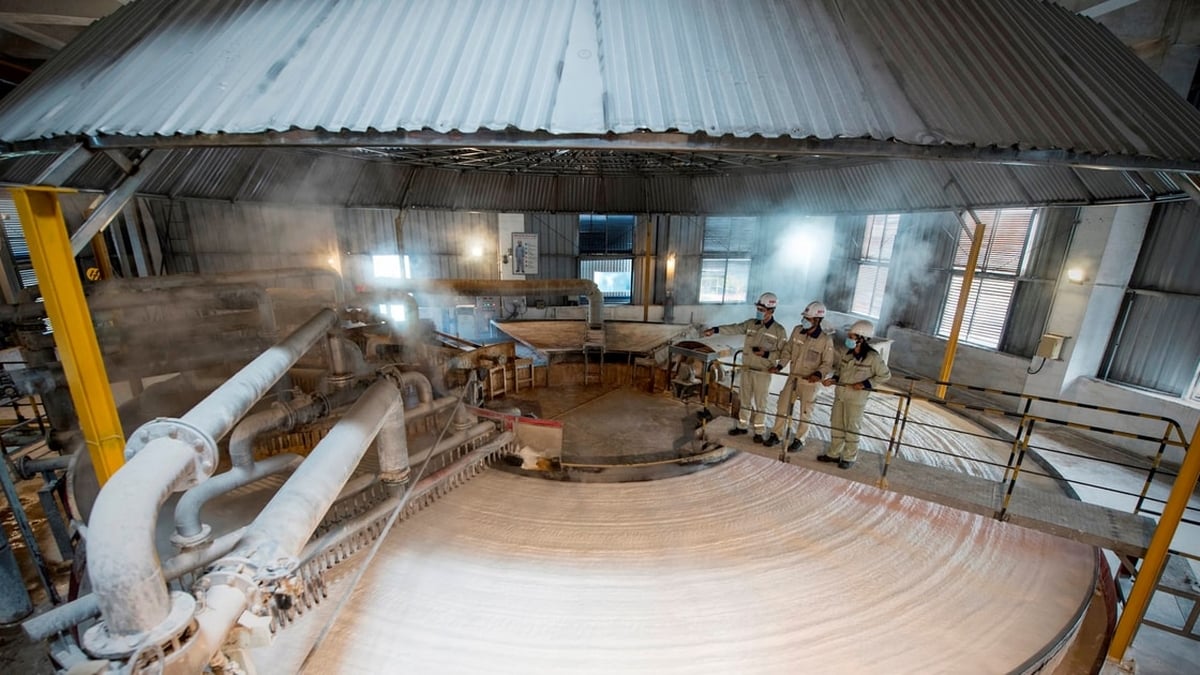

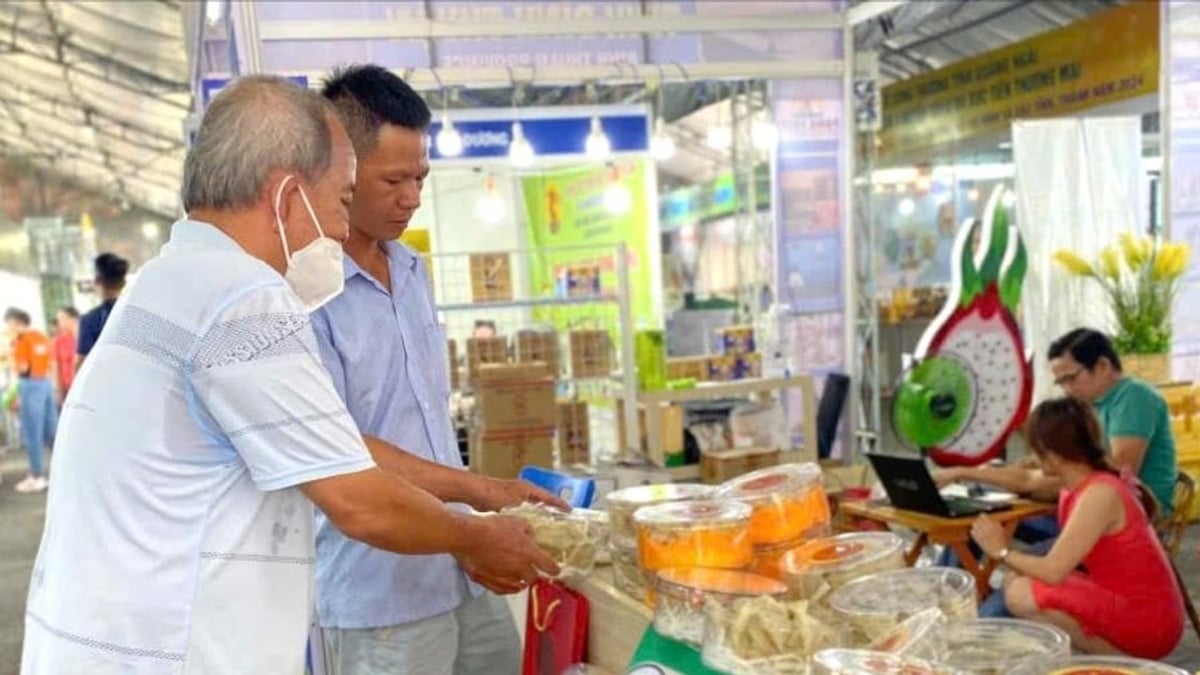
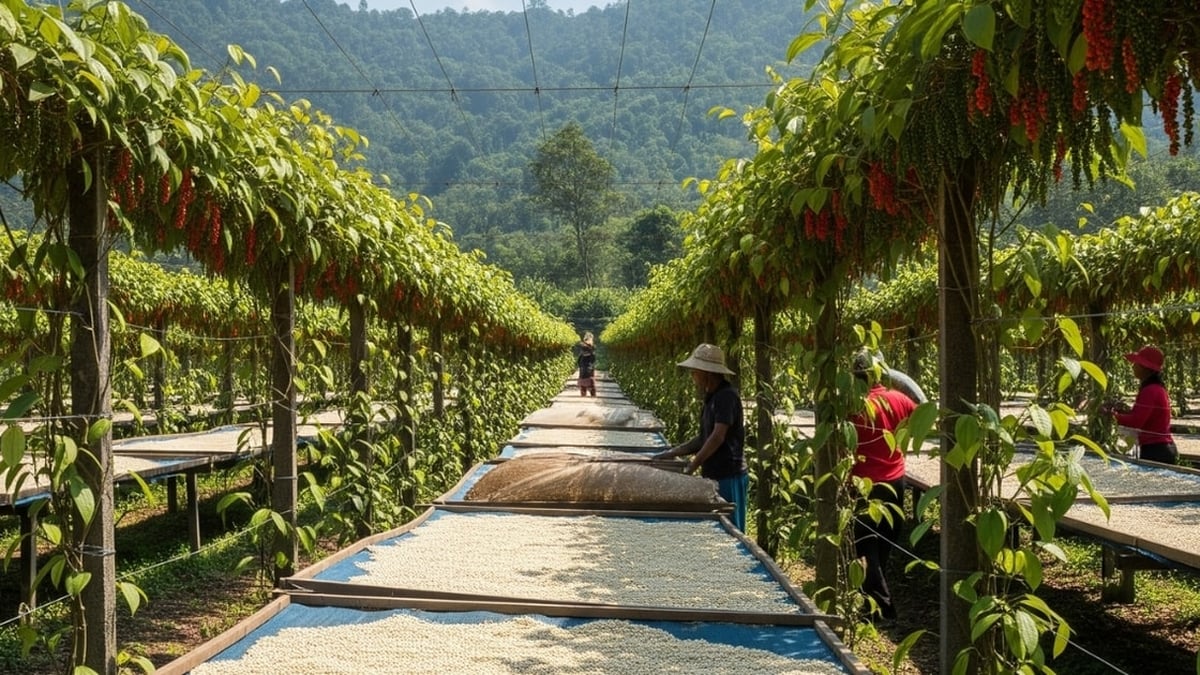
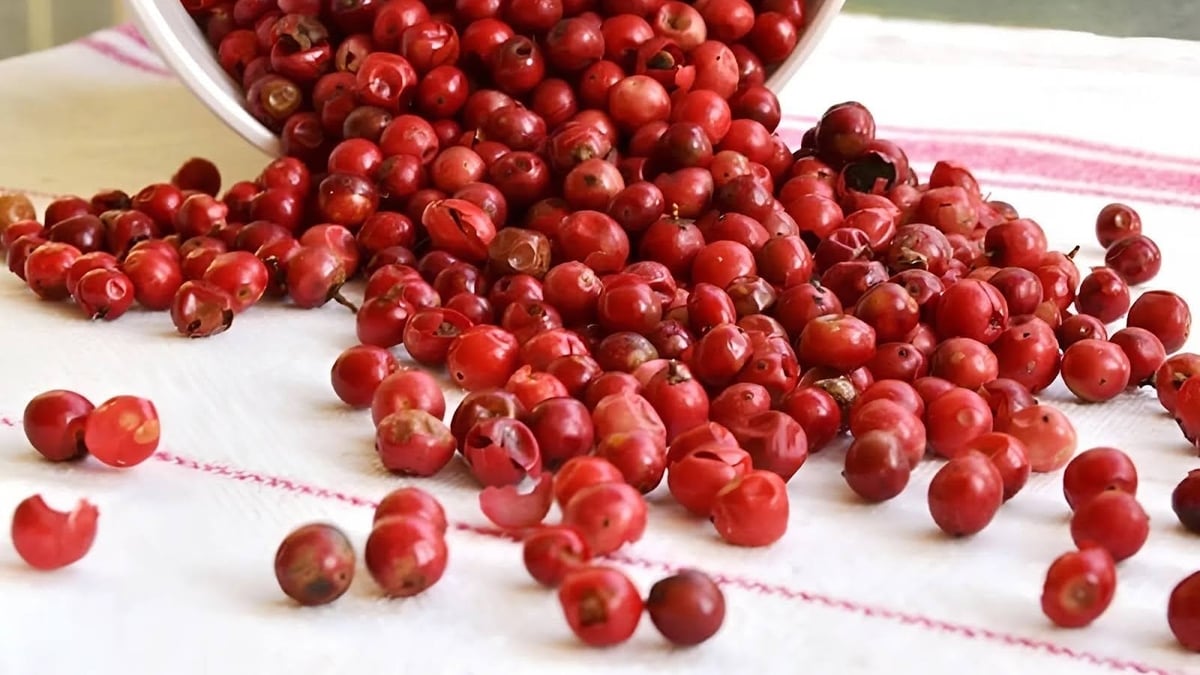
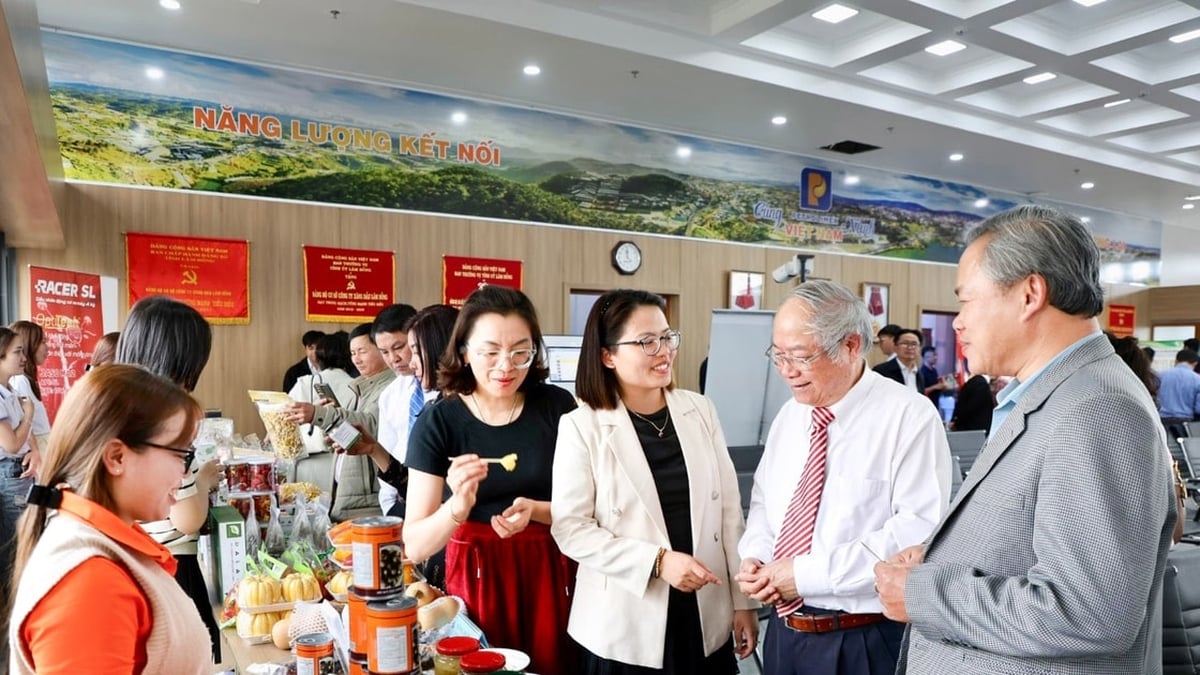
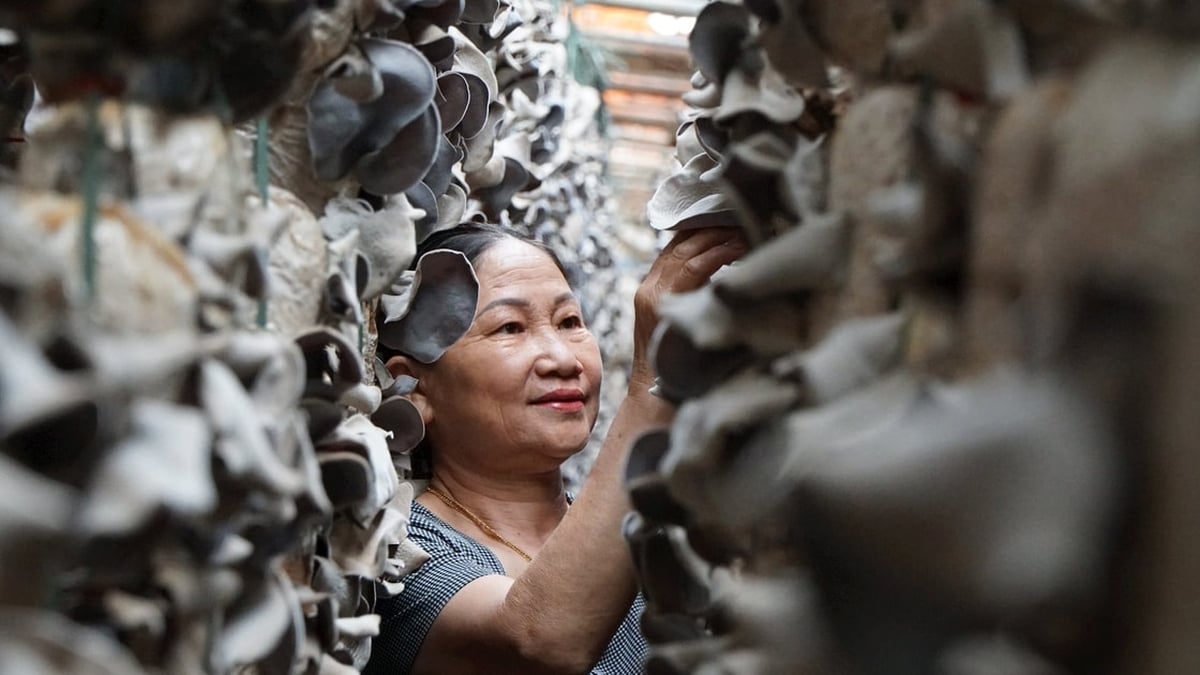
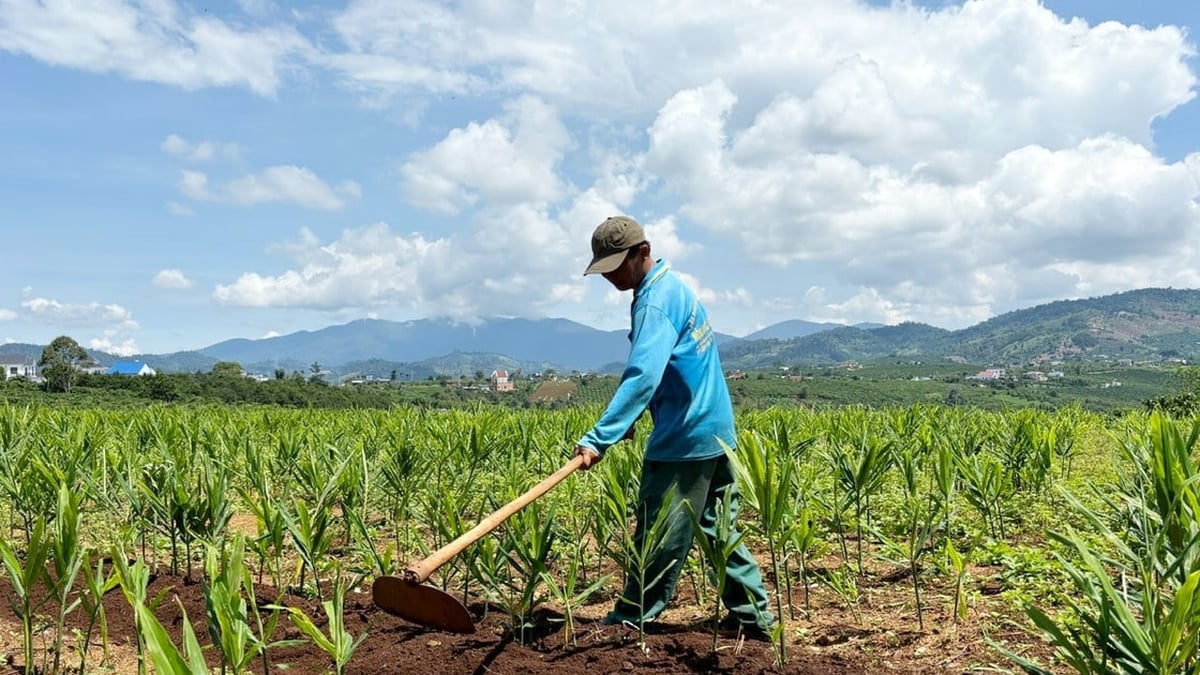
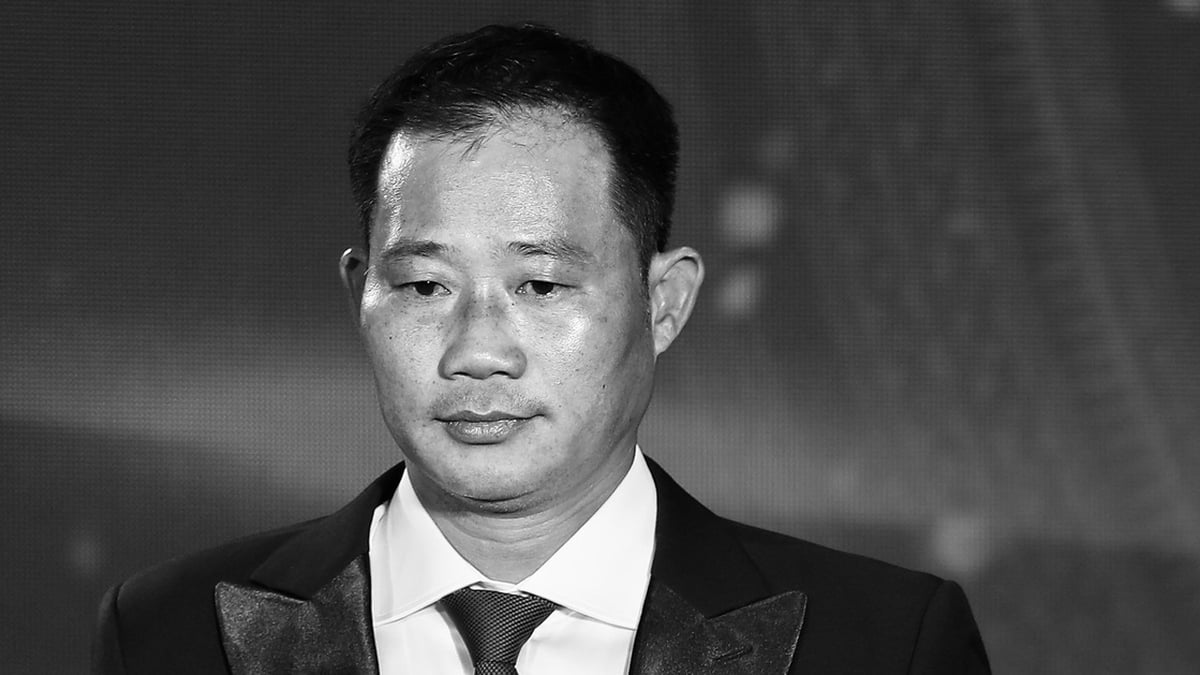
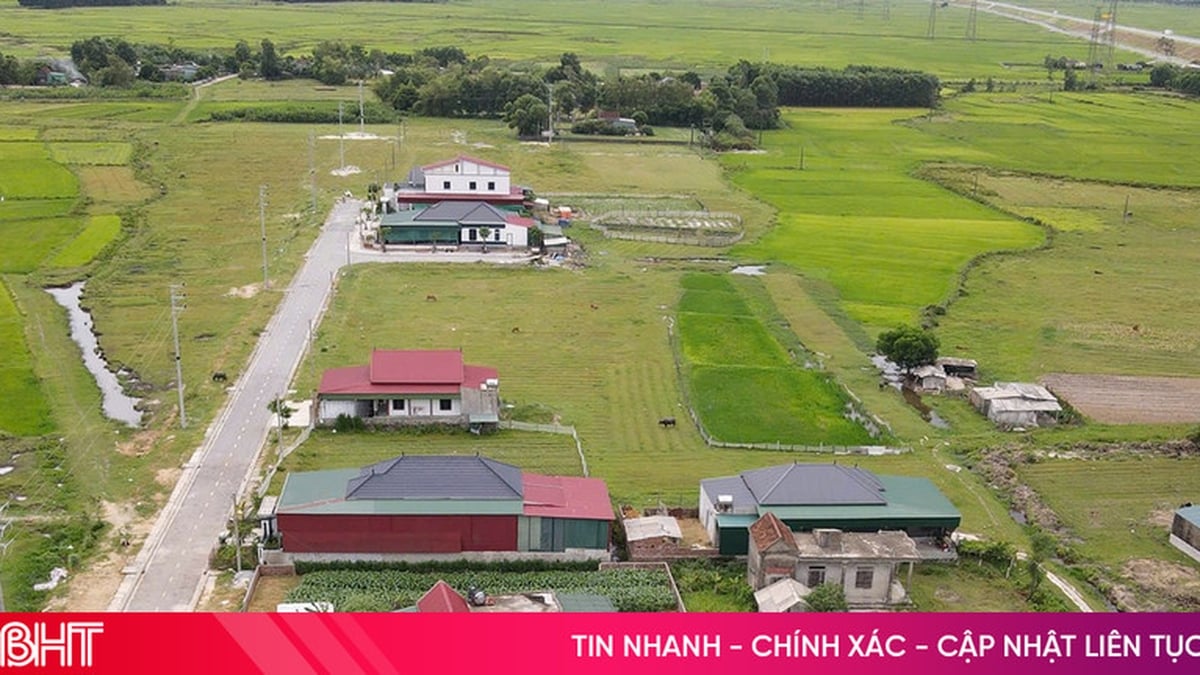

















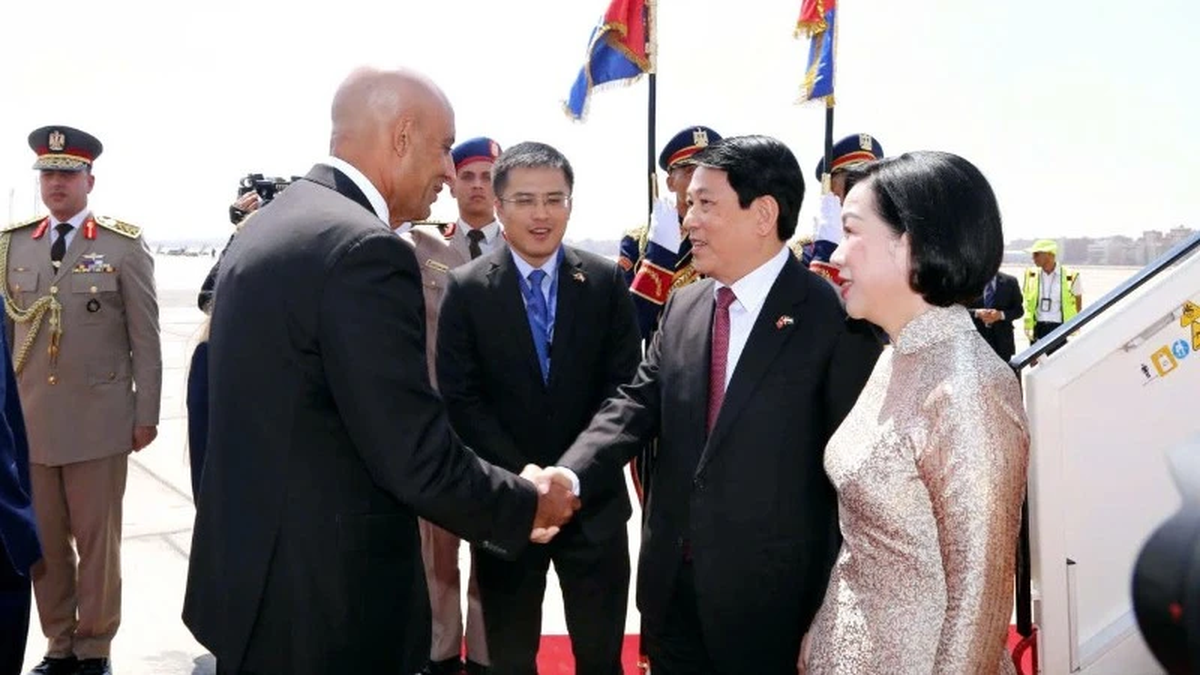





































































Comment (0)